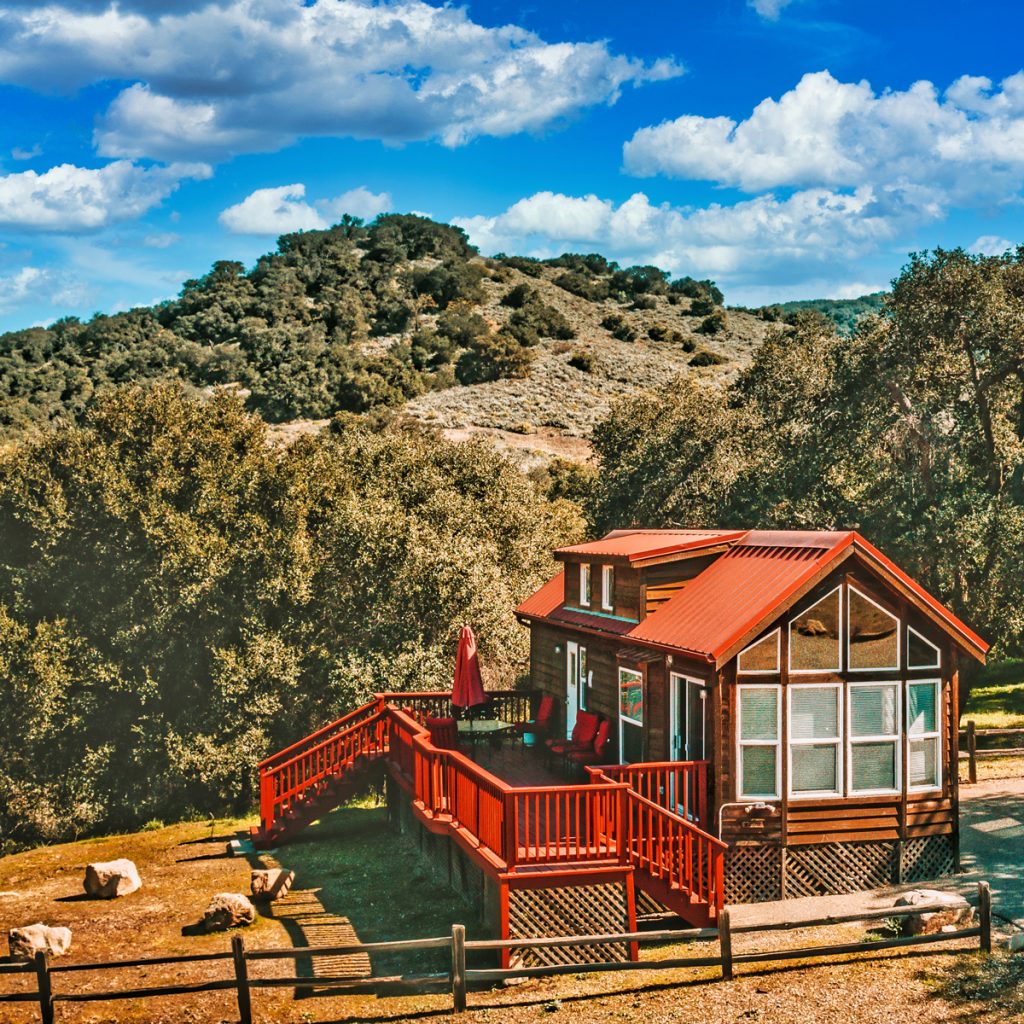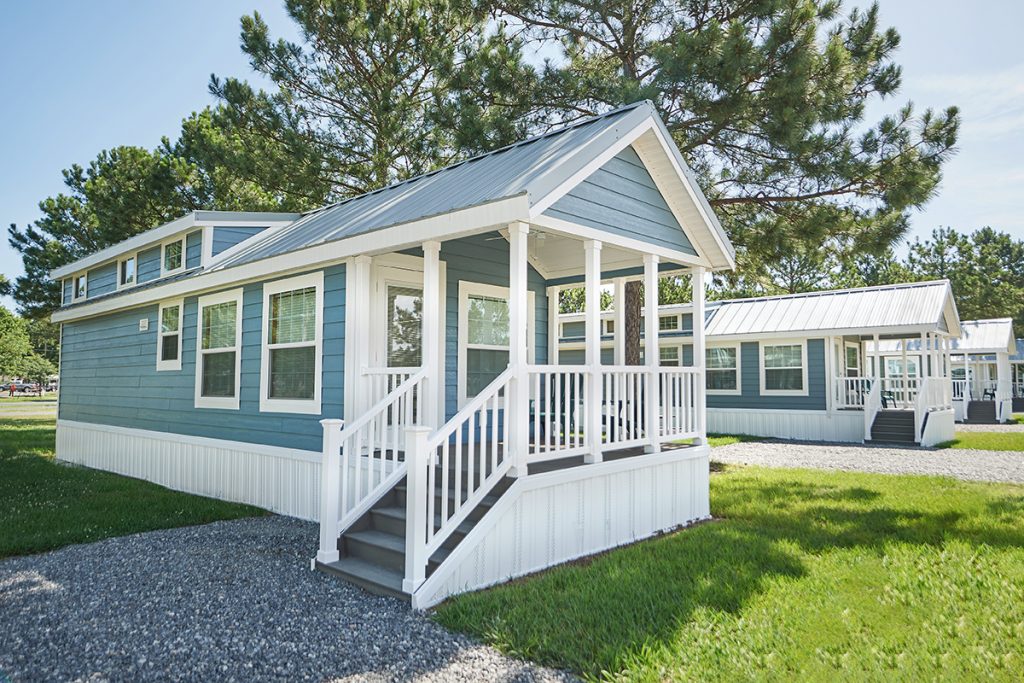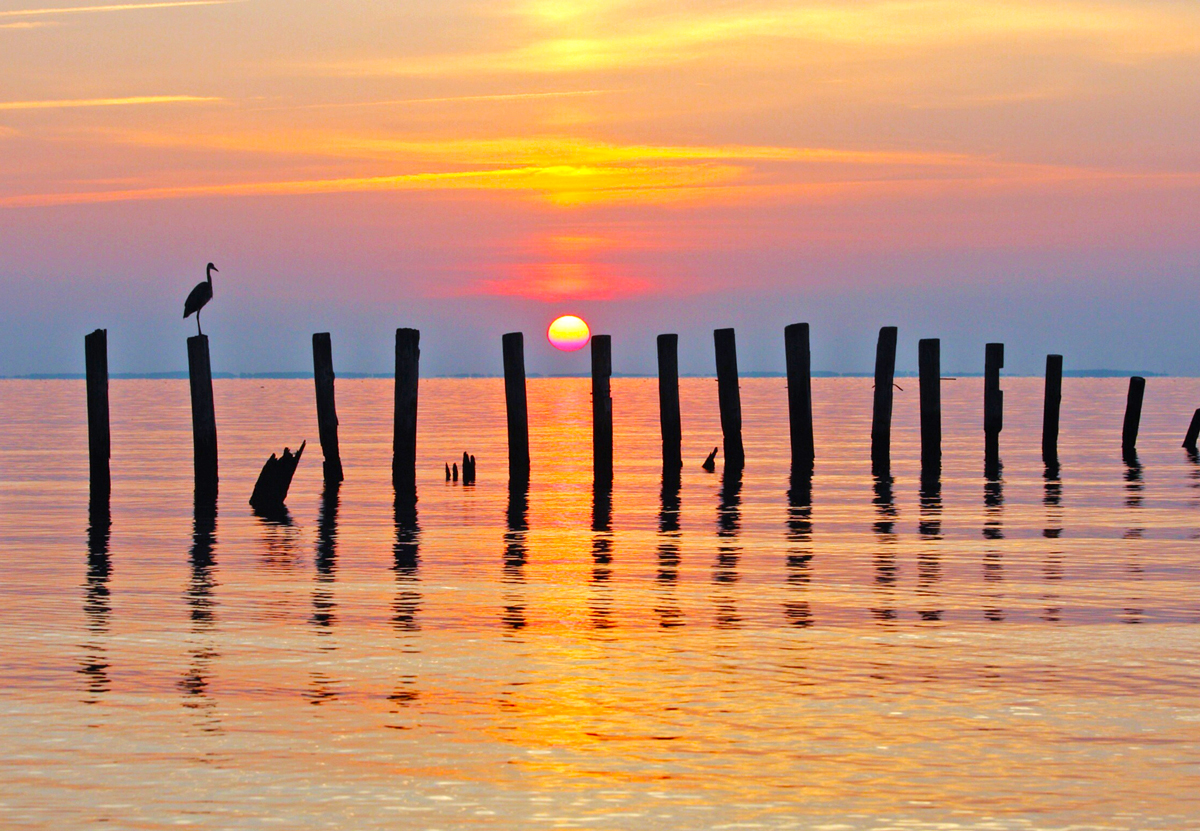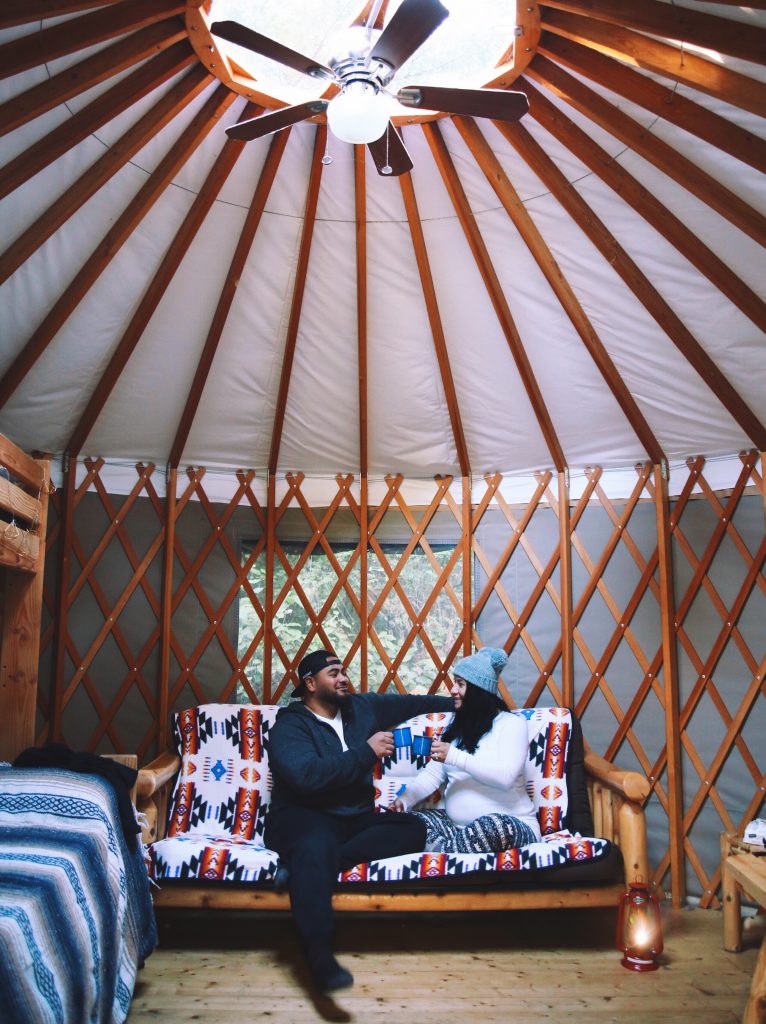It’s spring, so garden blooms are getting underway and things are greening up around the country. If you’re looking for inspiration for your own garden-to-be, check out some of these great public gardens in the country.

Lotusland (Montecito, California): Stay at Thousand Trails Rancho Oso and take the trip into Montecito to visit the 37 acres of lush gardens that were part of Polish opera singer Madame Ganna Walska’s residence. Walska purchased the estate in 1941 and lovingly created and curated the gardens for the next 43 years. The different gardens showcased here are definitely unique and include the Bromeliad Gardens, the Aloe Garden, and the Cactus Garden. The best time to visit Lotusland (lotusland.org) is summer for the lotus flowers and April through June for the roses.

Longwood Gardens (Kennett Square, Pennsylvania): From formal gardens to open, forest meadows, Longwood Gardens would be the choice when planning a stay at Spring Gulch Resort Campground, our Pennsylvania Dutch Country location with great glamping choices that include lodge, chalet or cottage accommodations. Longwood Gardens was originally a Quaker farmstead and later the estate of industrialist Pierre S. du Pont. There are over 1000 acres of outdoor gardens here, plus centuries’ old trees, scenic vistas and the Italian Water Garden designed by du Pont himself. Crocus and tulip blooms welcome visitors in the spring while the Norway maple trees blaze brightly come fall. For information and special event details, visit longwoodgardens.org.
Key West Tropical Forest and Botanical Garden (Key West, Florida): Book a Keys glamping at adventure Encore Fiesta Key or Encore Sunshine Key and head to Key West to take in this 15.2 acre native garden and forest complete with boardwalks and nature trails nestled in the sunny Florida Keys. What makes this native plant botanical garden unique is that it is the only frost-free, subtropical, natural conservation habitat with three fresh-water ponds in the continental United States. Plus, dogs are welcome here! In addition to the “champion trees” found here, the garden is all great for birding as well as butterflies and blooming flowers. There are two butterfly gardens plus a waterfall wall where you can see turtles in their natural habitat.

Lewis Ginter Botanical Garden (Henrico, Virginia): This beautiful garden in Virginia is celebrating 40 years this year and to recognize that milestone a special program, “Flourish: 40 Years and Growing” will feature events all year long which include concerts and children’s and adult activities. Plan a glamping getaway at Grey’s Point Camp and you are less than 70 miles from the Gardens. Visitors will enjoy a dozen themed gardens plus an historic domed conservatory when exploring Lewis Ginter Botanical Garden that guarantees blooms all year!
Read More:
- It sounds crazy, but a great practice to boost your wellbeing is to hug a tree.
- You won’t want to skip on these 5 Things to Do in the Russian River Valley.
- We’re thinking all things green for our getaways this spring.
- Find your next glamping destination at PetiteRetreats.com.







